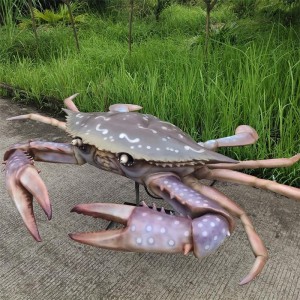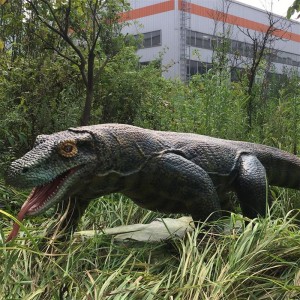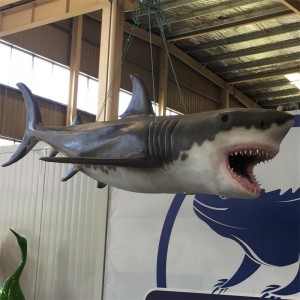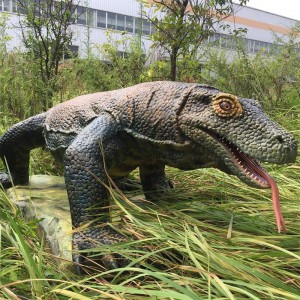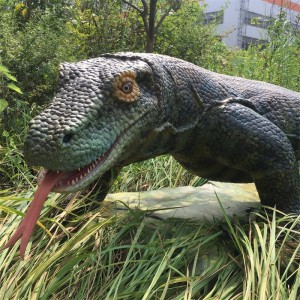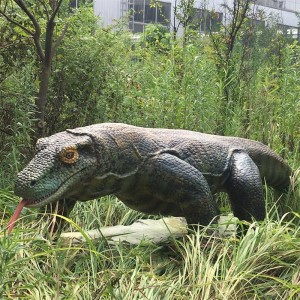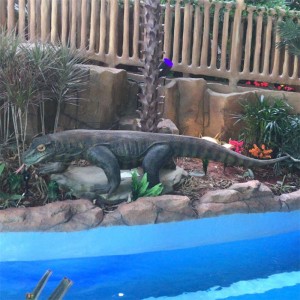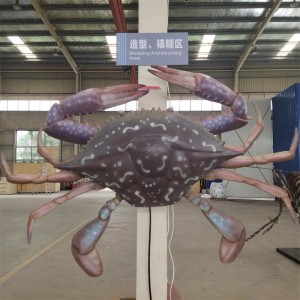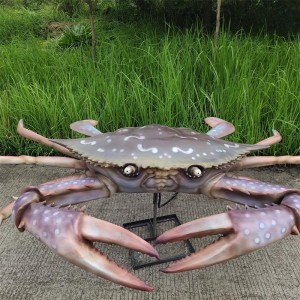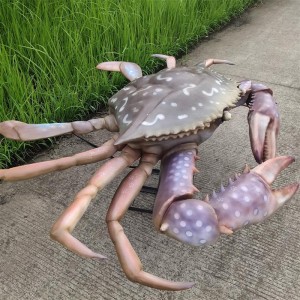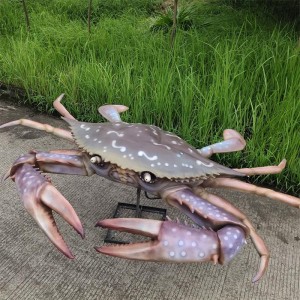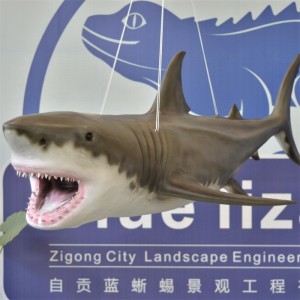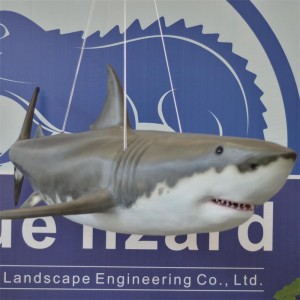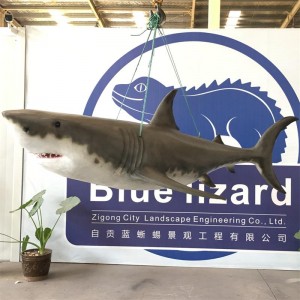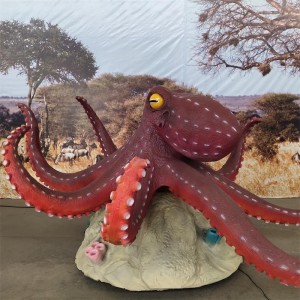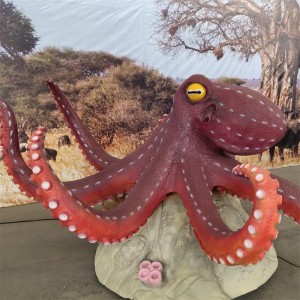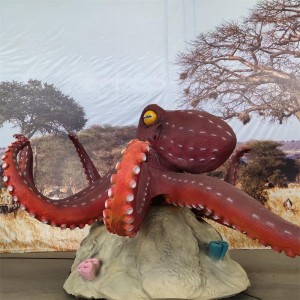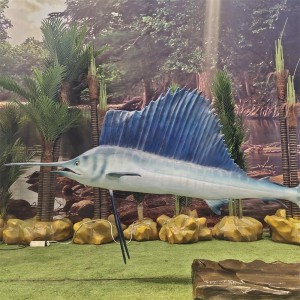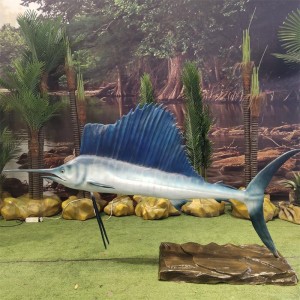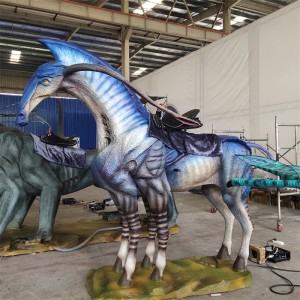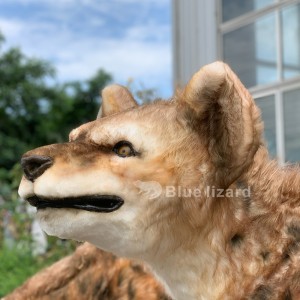Ocean animal and reptile models supply for Science museums and parks
PRODUCT DESCRIPTION
Sound: Corresponding animal sound or custom other sounds.
Movements:
1. Mouth open and close sychronized with sound.
2. Eyes blink.
3. Neck forward and back.
4. Forelimbs move.
5. Stomach breathing.
6. Tail sway.
7. More movements can be customized.(The movements can be customized according to the animal types, size and customers' requirement.)
Control Mode: Infrared Self-acting Or Manual operation
Certificate: CE, SGS
Usage: Attraction and promotion. (amusement park, theme park, museum, playground, city plaza, shopping mall and other indoor/outdoor venues.)
Power: 110/220V, AC, 200-2000W.
Plug: Euro plug, British Standard/SAA/C-UL. (depends on standard of your country).
WORKFLOWS


1. Control box: Independently developed fourth-generation control box.
2. Mechanical Frame: Stainless steel and brushless motors have been used to make animals for many years. Each animal's mechanical frame will be continuously and operationally tested for a minimum of 24 hours before the modelling process begins.
3. Modelling: High density foam ensures the model looks and feels of the highest quality.
4. Carving: Professional carving masters have more than 10 years of experience. They create the perfect animal body proportions absolutely based on animal skeletons and scientific data. Show your visitors what the Triassic, Jurassic and Cretaceous periods really looked like!
5. Painting: Painting master can paint animals according to customer's requirement. Please provide any design
6. Final Testing: Each animal will also be continuous operated testing one day before shipping.
7. Packing: Bubble bags protect animals from damaging. PP film fix the bubble bags. Each animal will be packed carefully and focus on protecting eyes and mouth.
8. Shipping: Chongqing, Shenzhen, Shanghai, Qingdao, Guangzhou,etc. We accept land, air, sea transport and international multimodal transport.
9. On-site Installation: We will send engineers to customer's place to install animals.

